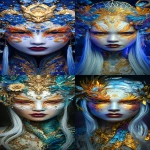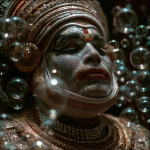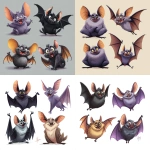Explore the Best AI Image Gallery

AI-Powered Imagery: Redefining Product Photography
Product photography has always been a crucial element in e-commerce and marketing. A captivating image can make or break a sale, influencing consumer perception and driving purchasing decisions. With the rise of artificial intelligence (AI), this field is undergoing a dramatic transformation, blurring the lines between reality and virtuality, and offering unprecedented possibilities for businesses and creatives alike.
The Creative Canvas: AI as a Tool for Product Visualization
AI-powered tools are revolutionizing product photography by automating tedious tasks, enhancing visual appeal, and enabling the creation of unique and compelling imagery. Heres how:
- Automated Image Editing: AI algorithms can analyze images and automatically adjust lighting, color balance, composition, and even remove unwanted elements, saving time and resources for photographers.
- Generative Imagery: Advanced AI models like DALL-E 2 and Midjourney can generate entirely new product images from text descriptions. This opens doors to visualizing products in diverse settings, scenarios, or styles without the need for physical props or elaborate setups.
- 3D Product Visualization: AI can be used to create interactive 3D models of products, allowing customers to rotate, zoom, and explore them from all angles. This immersive experience enhances product understanding and engagement.
Beyond the Snapshot: The Potential Applications
The applications of AI in product photography extend far beyond simple image enhancement. Here are some exciting possibilities:
- Personalized Product Visuals: AI can tailor product imagery to individual customer preferences, showcasing products in styles and contexts that resonate with their tastes.
- Dynamic Content Creation: AI-powered platforms can generate a wide range of product visuals – from lifestyle shots to technical diagrams – adapting to different marketing campaigns and target audiences.
- Virtual Try-On Experiences: AI can power augmented reality (AR) applications that allow customers to virtually try on products, such as clothing or accessories, before purchasing.
Navigating the Ethical Landscape
As with any powerful technology, the use of AI in product photography raises ethical considerations. Its crucial to ensure:
- Transparency and Disclosure: Clearly communicate when AI is used in product imagery to avoid misleading consumers.
- Bias Mitigation: AI algorithms can inherit biases from the data they are trained on. Its important to actively identify and address potential biases to ensure fair and representative product visuals.
- Data Privacy and Security: Handle customer data responsibly and securely, complying with relevant privacy regulations.
Looking Ahead: The Future of AI-Driven Product Photography
The future of product photography is undoubtedly intertwined with AI. As technology continues to evolve, we can expect:
- More sophisticated and realistic AI-generated imagery.
- **Seamless integration of AI into existing workflows for photographers and designers.
- **Wider adoption of personalized product visuals and interactive 3D experiences.
- **Continued emphasis on ethical considerations and responsible AI development in the field.
AI is not replacing human creativity but rather empowering it. By harnessing the power of AI, businesses can elevate their product photography to new heights, create more engaging customer experiences, and ultimately drive business growth.




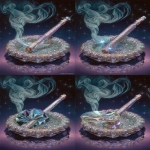
](https://images.ai-img.art/thumbnails/150/5197af8969d850e2a43e141d41e482ccbceedebceb2a4caf9f098f943f9d1b0f.webp)




](https://images.ai-img.art/thumbnails/150/485c8b1c747827bdc9a962f8a1919b3c259b18dd263b260208a1eae19fb85e07.webp)
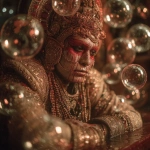

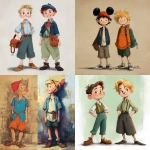





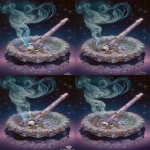







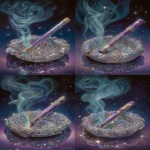
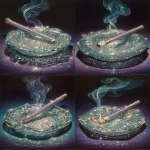



](https://images.ai-img.art/thumbnails/150/269414b0e541026702e9e67c67602c96162f37ff460a388b3b36314c8fc936dd.webp)
](https://images.ai-img.art/thumbnails/150/3020b8c2b6d9be07e042357107af1de10deb274a41d2b0f332684ad4b532a702.webp)

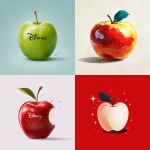




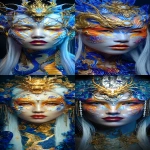

](https://images.ai-img.art/thumbnails/150/8d1fe5a7a49cfc96747182431a853357913286d89258383caab2d3b4681afcb5.webp)

](https://images.ai-img.art/thumbnails/150/2fbd98ecfc425cfc1597779121e1c0305437067779e9c471eb64ff9615d5be98.webp)
